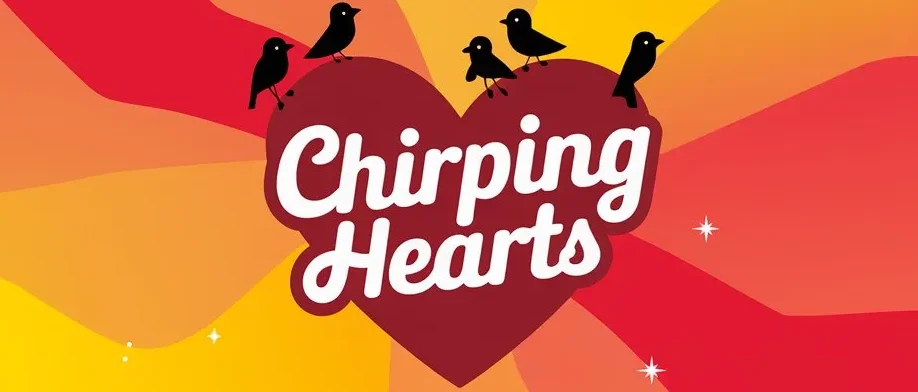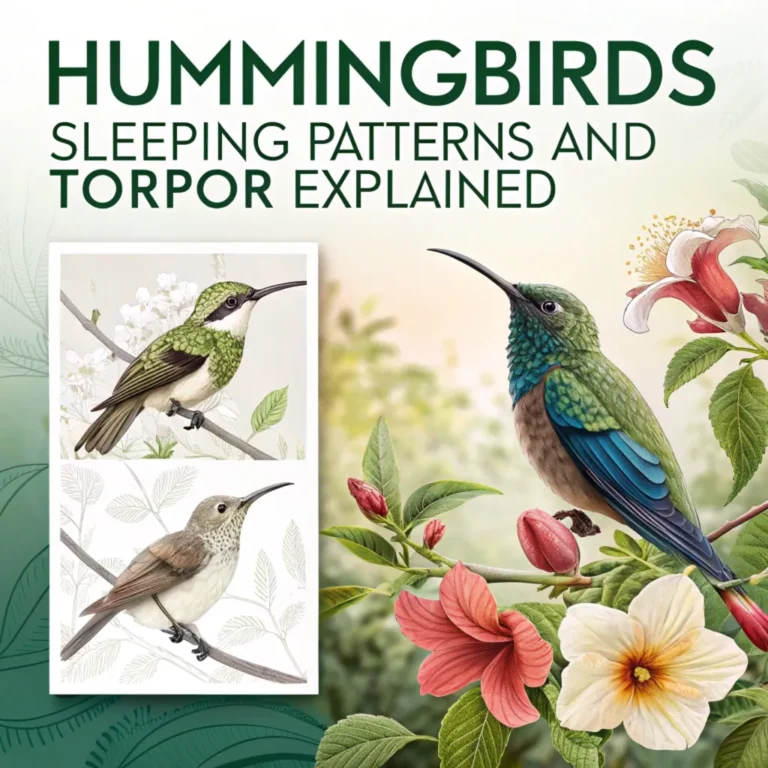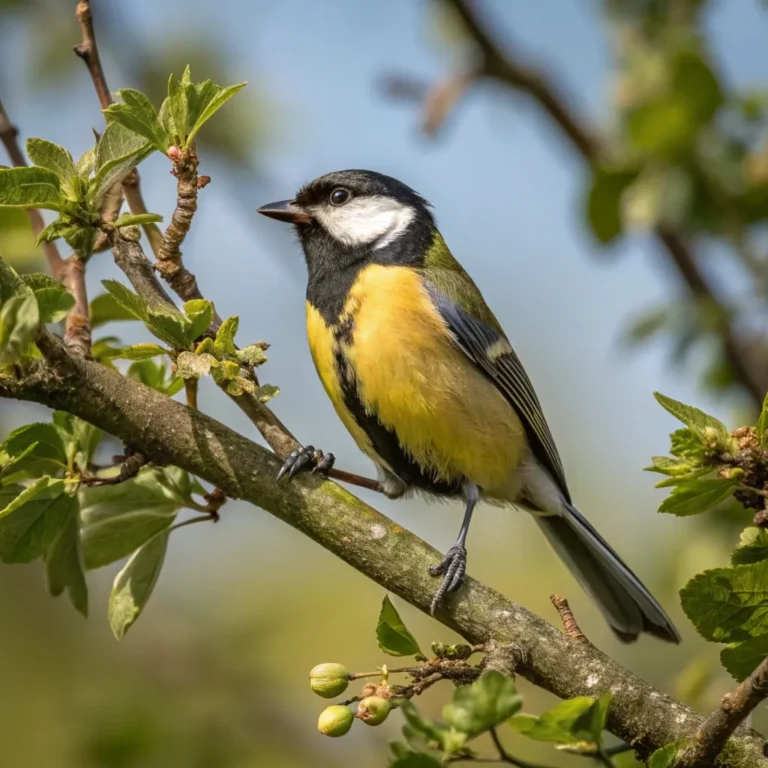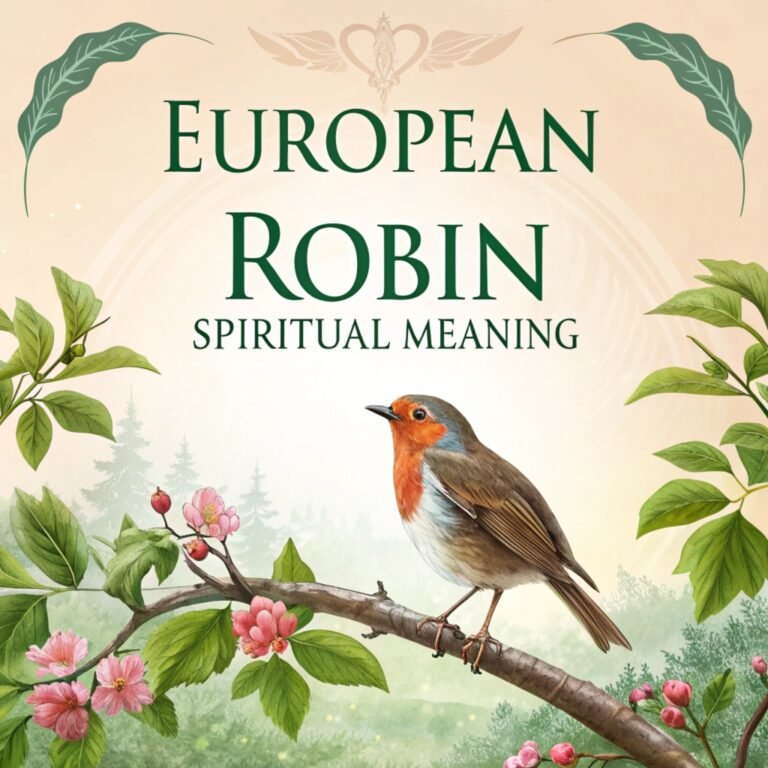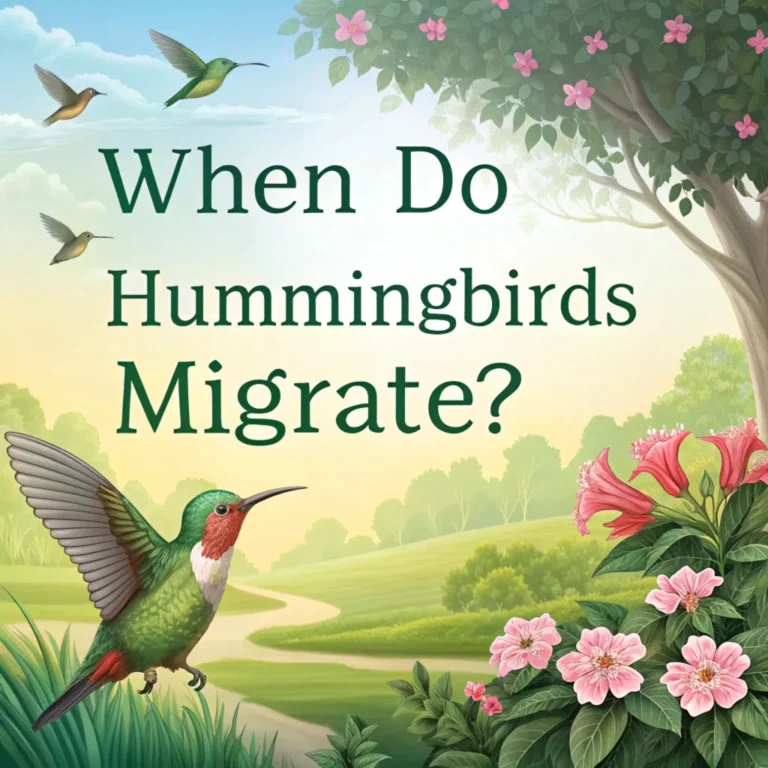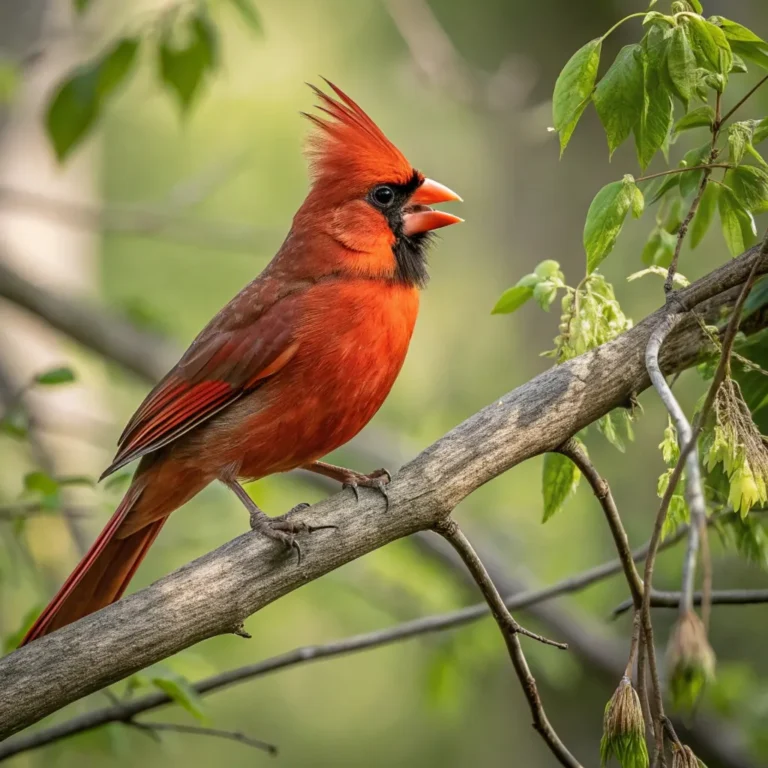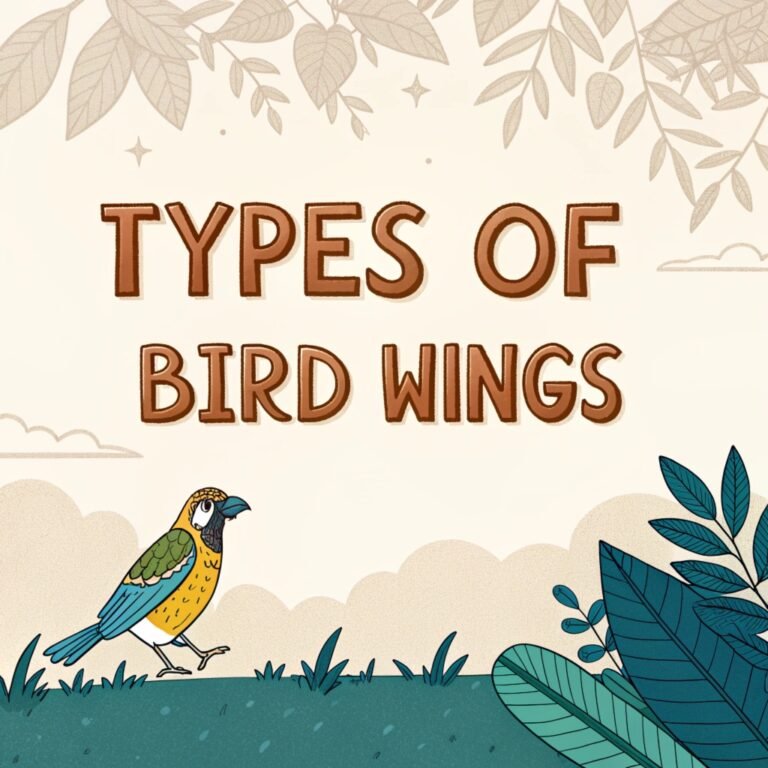Feeding Fledglings: Essential Guide to Caring for Baby Birds
Caring for baby birds requires specific knowledge and skills. This guide offers key information on feeding and nurturing fledglings. It covers crucial aspects of avian care, from identifying bird species to creating a safe environment.
Whether you’ve found an orphaned bird or want to learn about proper care techniques, this resource provides practical advice. You’ll discover how to choose the right foods, use correct feeding methods, and help young birds transition to independence.
By following these guidelines, you can give baby birds the best chance for survival and growth. The ultimate goal is to prepare these fledglings for a successful return to their natural habitat.
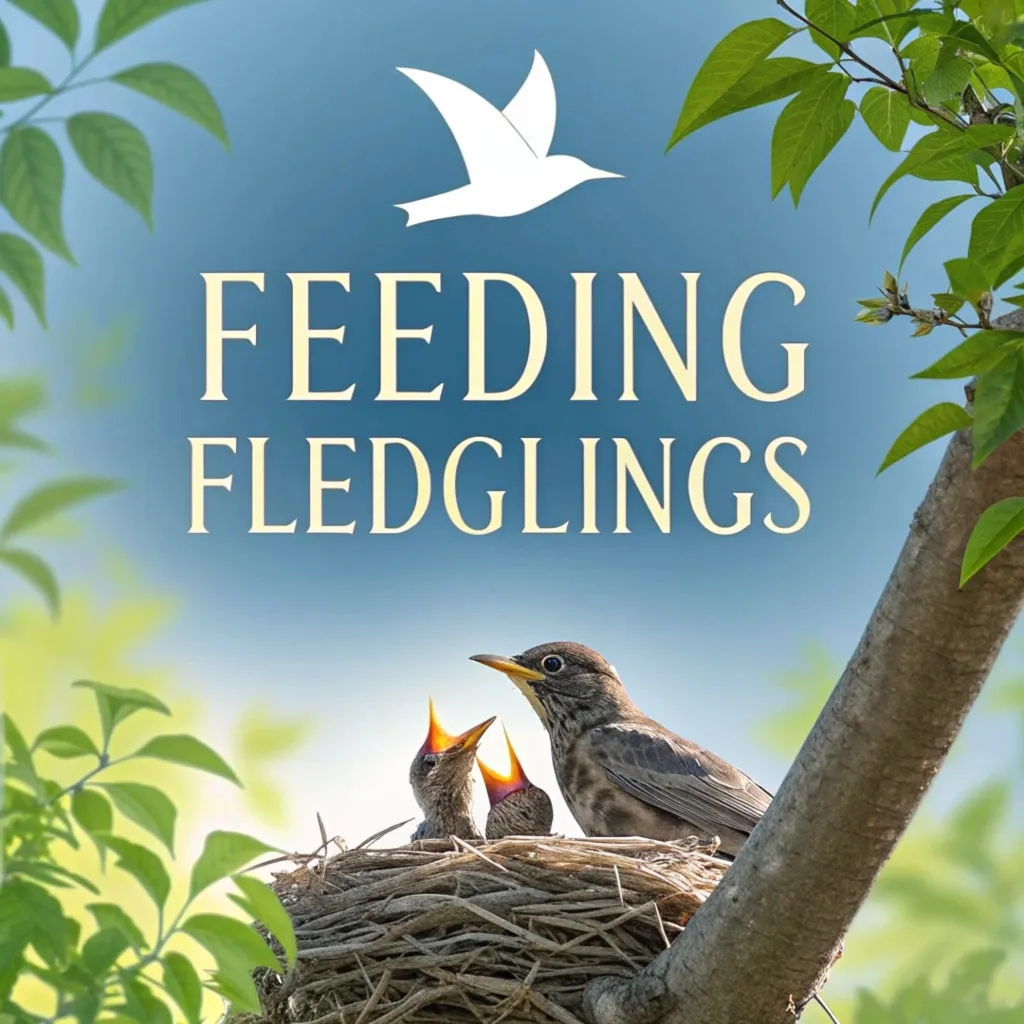
Key Takeaways
- Proper identification of the bird species is crucial for appropriate care
- Insects, seeds, and fruits form the core diet for most baby birds
- Feeding frequency varies based on the bird’s age and species
- Hygiene is paramount when handling and feeding baby birds
- Professional help should be sought for injured or orphaned birds
- Heat regulation is essential for the survival of young birds
- Specialized diets may be necessary for certain bird species
- Gradual transition to solid foods is important as birds grow
- Imprinting should be avoided to ensure successful release
- Regular monitoring of the bird’s health and development is crucial
Identifying the Bird Species
Determining the bird species is the first step in providing appropriate care. Different birds have varying nutritional needs and feeding habits.
Observe the bird’s physical characteristics and consult a bird identification guide or contact a local wildlife expert for assistance.
Accurate species identification is the cornerstone of effective fledgling care. Each bird species has evolved with unique dietary requirements and feeding behaviors that are crucial for their survival and development.
By correctly identifying the species, you can tailor your care approach to meet these specific needs. Look for distinctive features such as beak shape, feather patterns, and overall body structure to help narrow down the possibilities.
Once you’ve identified the species, you can begin to understand its natural habitat, typical diet, and developmental stages. This knowledge will guide your decisions on everything from food selection to environmental conditions.
Remember, misidentification can lead to improper care, potentially harming the bird’s health and development.
If you’re unsure, don’t hesitate to seek help from wildlife rehabilitation centers or ornithological societies who can provide expert guidance on species identification and care.
Suitable Foods for Baby Birds
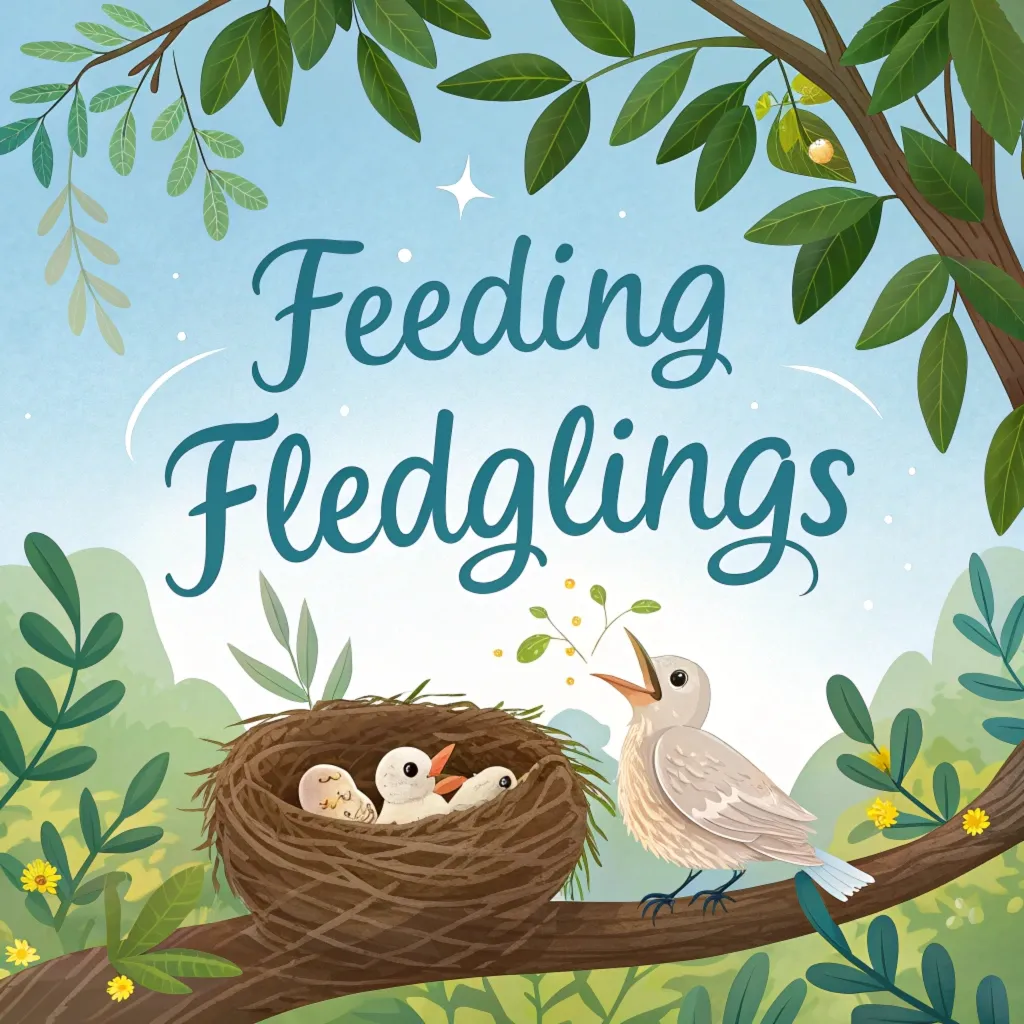
Insects
Soft-bodied insects form a crucial part of many baby birds’ diets. Caterpillars, ants, and mealworms provide essential protein and fat for rapid growth. Aquatic birds may consume soft-bodied invertebrates like larvae and aquatic insects.
Seeds
For grain-eating birds such as finches and pigeons, partially digested seeds offer a mix of carbohydrates, fats, and nutrients. Organic bird seed can be a suitable alternative when prepared correctly.
Fruits
Soft, ripe fruits provide natural sugars, vitamins, and minerals for omnivorous baby birds. Berries, chopped grapes, and melons are appropriate options. Always ensure fruits are finely chopped to prevent choking.
Meat
Carnivorous baby birds benefit from small pieces of lean chicken or fish. This protein-rich diet promotes muscle development and overall growth. Ensure the meat is finely minced and free from seasoning.
Specialized Diets
Some birds require specific diets. For example, hummingbirds and lorikeets need a specialized nectar solution containing vitamins and minerals. Large birds like eagles may be fed boiled eggs for additional protein.
The nutritional needs of baby birds are as diverse as the species themselves. Each type of food plays a vital role in the bird’s development, providing essential nutrients for growth, feather development, and overall health.
It’s crucial to understand that the diet of a baby bird often differs from that of its adult counterparts. While adult birds may have adapted to a wider range of food sources, fledglings require easily digestible, nutrient-dense foods to support their rapid growth.
When preparing food for baby birds, consistency and texture are just as important as the nutritional content. Foods should be soft and moist, mimicking the consistency of what parent birds would naturally provide.
For insectivorous birds, consider using a blender or food processor to create a paste-like consistency from appropriate insects.
Similarly, for fruit-eating species, fruits should be mashed or pureed to a suitable texture. Always ensure that any food offered is at room temperature to prevent shock to the bird’s system.
Feeding Techniques and Tools
Feeding Tools
Use appropriate tools such as syringes, droppers, or soft spoons to administer food. These tools help mimic the natural feeding process and reduce stress for the baby bird.
Feeding Position
Hold the bird in an upright position during feeding to prevent choking. Ensure the beak is properly aligned and the bird remains stable throughout the process.
Feeding Frequency
Feeding schedules vary based on the bird’s age:
- Newborns (Hatchlings): Feed every 15-20 minutes during daylight hours
- Older Babies (Nestlings and Fledglings): Feed every 30-60 minutes
Feeding Amount
Adjust the food quantity based on the bird’s size and age. Avoid overfeeding by monitoring the bird’s crop, located on the side of its neck. Stop feeding when the crop appears full.
The art of feeding baby birds requires patience, precision, and a gentle touch.
Proper feeding techniques not only ensure that the bird receives adequate nutrition but also help prevent complications such as aspiration pneumonia, which can occur if food enters the bird’s respiratory system.
When using feeding tools, it’s essential to sterilize them thoroughly before each use to prevent the introduction of harmful bacteria. Always approach feeding with calm and steady movements to minimize stress on the bird.
Understanding the bird’s natural feeding behavior can greatly improve your success in hand-feeding. Many species of birds have a gaping reflex, where they open their beaks wide in response to stimuli, such as vibrations or touch near their beak.
You can gently tap the side of the beak to encourage this reflex before offering food.
However, be cautious not to force-feed the bird, as this can lead to injury or choking. Pay close attention to the bird’s body language and stop feeding if it shows signs of distress or fullness.
Proper Care and Environment

Heat Regulation
Maintain a warm environment for baby birds, especially those without feathers. Use a heat lamp with a 40-watt bulb placed at least 12 inches away from the bird. Create a makeshift nest using a small basket or container lined with soft material.
Hygiene Practices
Cleanliness is crucial when caring for baby birds. Wash your hands thoroughly before handling the bird or feeding equipment. Clean all feeding tools before each use to prevent contamination.
Housing
As the bird grows, provide a larger living space. A cage with perches allows fledglings to practice flying and develop motor skills. Ensure the enclosure is protected from predators and offers a comfortable environment.
Creating an optimal environment for baby birds is crucial for their survival and development. The environment should mimic their natural habitat as closely as possible while providing the necessary protection and care they need.
Temperature regulation is particularly important, as baby birds are unable to regulate their own body temperature effectively.
The ideal temperature range varies depending on the bird’s age and species, but generally, it should be between 95-100°F (35-37.8°C) for newly hatched birds, gradually decreasing as they grow feathers.
In addition to temperature, humidity levels play a significant role in a baby bird’s health. Proper humidity helps prevent dehydration and supports healthy feather growth.
You can maintain appropriate humidity by placing a shallow dish of water near the heat source or using a humidifier.
However, be cautious not to create an overly damp environment, as this can lead to respiratory issues or fungal growth.
Regularly monitor the bird’s behavior and adjust the environment accordingly. Signs of discomfort, such as panting or huddling, may indicate that the temperature or humidity needs adjustment.
Transitioning to Independence
Introducing Natural Foods
As the bird’s eyes open and feathers emerge, begin introducing natural foods. Place food in the cage to encourage independent eating. This step is crucial for preparing the bird for eventual release.
Avoiding Imprinting
Minimize human contact to prevent the bird from imprinting on humans. This is especially important for precocial birds like ducks and geese, which can quickly identify humans as their parents.
The journey from dependent fledgling to independent bird is a critical transition that requires careful management. As the bird grows and develops, it’s essential to gradually shift from hand-feeding to encouraging self-feeding behaviors.
This process not only prepares the bird for life in the wild but also helps develop important foraging skills.
Start by placing small amounts of appropriate food in shallow dishes within the bird’s enclosure, allowing it to explore and peck at the food independently.
During this transition period, it’s crucial to balance human care with natural development. While the bird still requires supervision and supplemental feeding, it’s important to gradually reduce direct human interaction.
This helps prevent the bird from becoming too accustomed to human presence, which could hinder its ability to survive in the wild.
Observe the bird’s progress closely, noting its ability to eat independently, groom itself, and display natural behaviors. These are all positive signs that the bird is progressing towards independence and may soon be ready for release.
When to Seek Professional Help
If you find an injured or orphaned baby bird, contact a local wildlife rehabilitation center or avian veterinarian immediately. These professionals can provide species-specific care and increase the bird’s chances of survival.
While caring for a baby bird can be a rewarding experience, it’s important to recognize when professional intervention is necessary.
Wildlife rehabilitators and avian veterinarians have specialized knowledge and resources that can make a significant difference in a bird’s survival and recovery.
They can provide expert care for injuries, illnesses, and complex nutritional needs that may be beyond the scope of home care.
There are several situations where seeking professional help is crucial. If the bird appears injured, lethargic, or shows signs of illness such as labored breathing or discharge from the eyes or nostrils, immediate professional care is necessary.
Additionally, if you’re unsure about the bird’s species or appropriate care, or if you’ve been caring for the bird for an extended period without significant improvement, it’s time to consult an expert.
Remember, the ultimate goal is to ensure the bird’s well-being and successful return to its natural habitat, which sometimes requires the expertise of trained professionals.
Conclusion
Caring for baby birds is a rewarding but challenging task. By following this guide, you can provide essential care to fledglings in need. Remember that the ultimate goal is to prepare these young birds for a successful return to their natural habitat.
The journey of nurturing a baby bird from a helpless fledgling to a strong, independent creature is both challenging and rewarding. It requires dedication, patience, and a willingness to learn and adapt.
By providing appropriate nutrition, maintaining a suitable environment, and respecting the bird’s natural development, you play a crucial role in giving these young birds a second chance at life in the wild.
Remember that each success story contributes to the broader efforts of wildlife conservation and biodiversity preservation.
As you conclude your care for a baby bird, take a moment to reflect on the experience and the knowledge you’ve gained.
Consider sharing your experiences with others who may find themselves in similar situations, helping to spread awareness about proper bird care and conservation.
While it’s natural to form an attachment to the bird you’ve cared for, the greatest reward comes from seeing it fly free, healthy and strong, ready to take its place in the natural world.
Your efforts contribute to the delicate balance of our ecosystem, ensuring that future generations can continue to enjoy the beauty and wonder of our avian friends.
FAQs
What should I do if I find a baby bird?
If you find a baby bird, first determine if it’s a nestling or fledgling. Nestlings should be returned to their nest if possible. Fledglings are learning to fly and should be left alone unless in immediate danger.
Can I feed bread to baby birds?
No, bread lacks the necessary nutrients for baby birds and can cause health problems. Stick to species-appropriate foods like insects, seeds, or specialized formulas.
How often should I feed a baby bird?
Feeding frequency depends on the bird’s age. Newborns may need feeding every 15-20 minutes, while older birds can be fed every 30-60 minutes during daylight hours.
Do baby birds need water?
Most baby birds get sufficient hydration from their food. However, in very hot weather or if the bird appears dehydrated, you can offer small amounts of water using a dropper.
When can a baby bird be released?
A baby bird can be released when it’s fully feathered, can fly well, and can feed itself independently. This process typically takes several weeks, depending on the species.

Joyce is the passionate founder of Chirping Hearts, a website dedicated to sharing her love for birds and providing valuable information about avian life. With a background in ornithology and years of experience in birdwatching, Joyce aims to inspire others to appreciate the beauty and diversity of birds. Through her engaging articles and guides, she hopes to foster a community of bird enthusiasts who share her enthusiasm for these incredible creatures. When she’s not writing, Joyce enjoys exploring nature trails and observing birds in their natural habitats.
